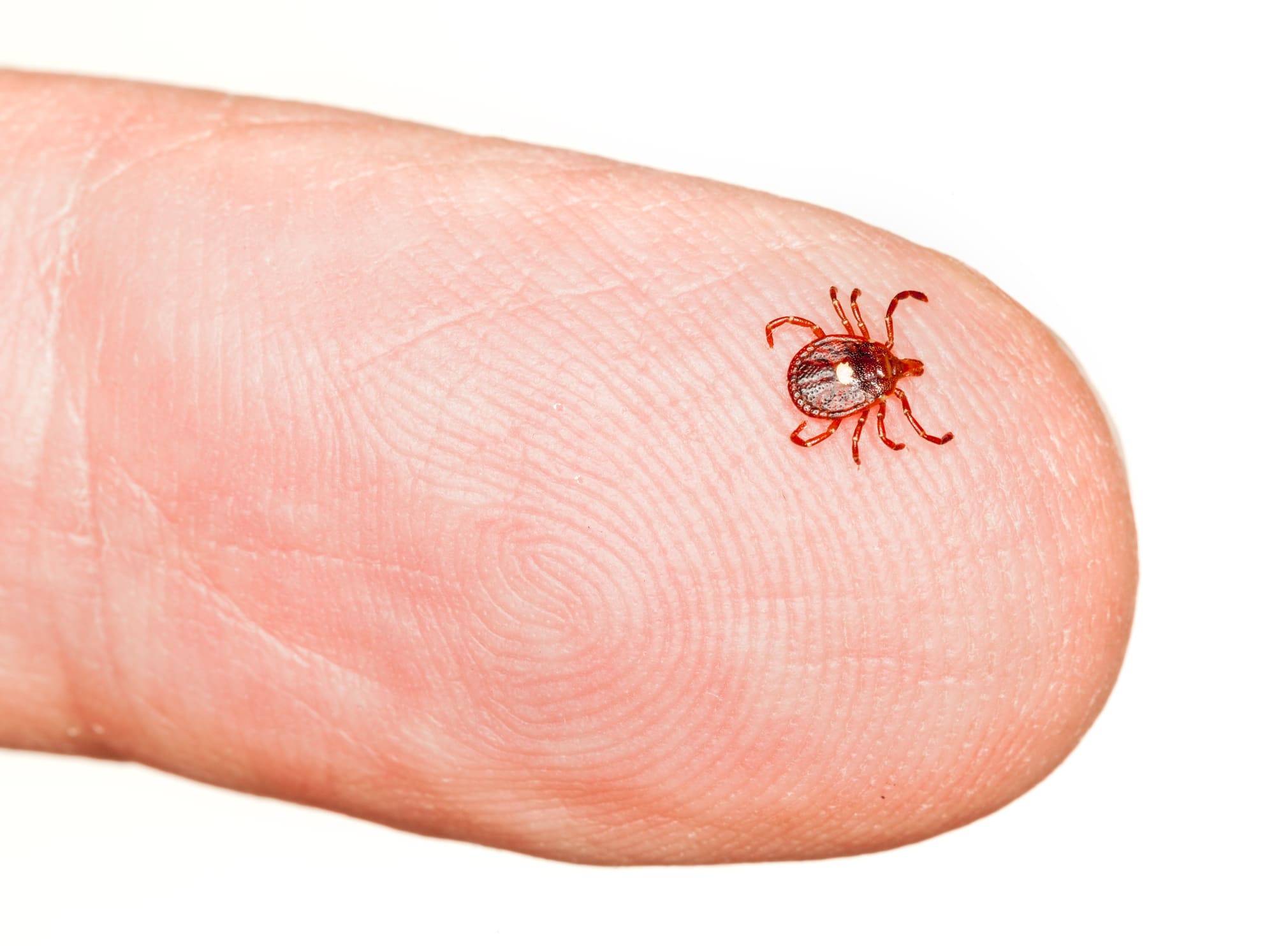
Title: Hunters Collaborate with Researchers to Better Understand Tick-Borne Illnesses
Lead: Hunters are teaming up with researchers to help track the spread of tick-borne illnesses, providing valuable data for disease risk assessment in various areas. This collaboration is crucial as ticks continue to move into new territories due to climate changes and human population growth.
Paragraph 1: The unique partnership between hunters and researchers has proven beneficial in understanding the prevalence of tick-borne diseases. Sarah Gunter, Ph.D., a researcher at Baylor University, works closely with hunters because they are at high risk for tick exposure and can provide essential data on disease risks in specific areas.
Paragraph 2: Ticks have been expanding their habitats due to changes in seasons and human population movement. Being bitten by a tick does not necessarily mean contracting a tick-borne disease, but it's crucial to monitor the area after removal or suspected bite for any symptoms such as rash, fever, or headache. If these symptoms appear, seeking medical attention promptly is essential for good clinical outcomes.
Paragraph 3: Over the past two decades, reported cases of Lyme disease and other tick-borne illnesses have increased significantly in the US. Researchers like Sarah Gunter are dedicated to raising awareness about these diseases and encouraging preventative measures to minimize exposure. By collaborating with hunters, researchers can gather valuable data on tick populations and their distribution, ultimately contributing to more effective prevention strategies.
Background Information: Ticks are small arachnids that feed on the blood of various animals, including humans. They can transmit several diseases such as Lyme disease, Rocky Mountain spotted fever, and Anaplasmosis. These diseases can cause a range of symptoms including fever, rash, joint pain, and neurological issues.
Prevention measures include staying in well-traveled areas when hiking or camping, wearing protective clothing such as long pants and closed-toe shoes, using insect repellent containing DEET or permethrin on exposed skin and clothing. Regularly checking your body for ticks after being outdoors is also essential.
Note: It's important to remember that not all sources are equally reliable. The overall score of each source should be considered when evaluating the information provided. In this case, the highest-scoring sources were used to create this article.





